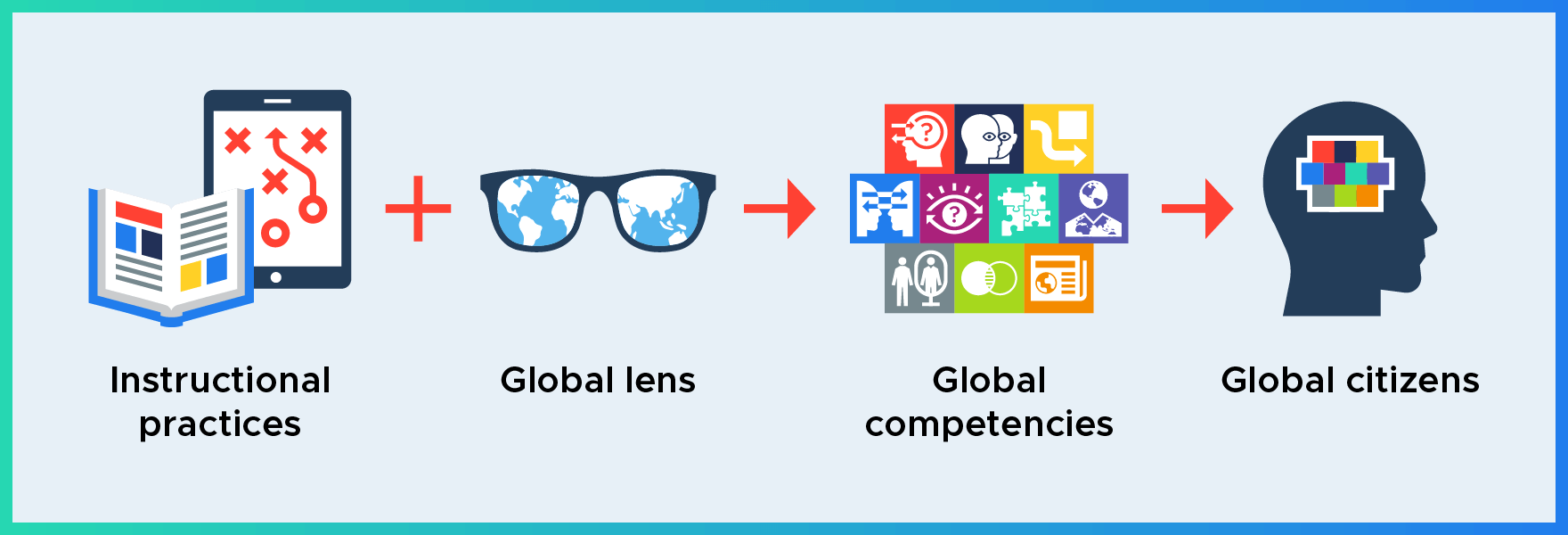Global Education
Go beyond Dual Thinking by Nurturing Global Citizenship
The Sustainable Development Goals (SDGs) project optimism about the world by inviting us to move away from thinking of global issues in terms of what is wrong with the world, and instead to frame them as ambitious, but attainable goals. The sense of strength and empowerment that comes with this change of perspective is critical to the work that needs to be done.
They nudge us away from thinking about the world in dual terms of good and bad, rich and poor, us and them. There is a high sense of certainty in dual thinking, which we, as humans, find very attractive: we find comfort in the black and white. However, this black and white thinking often throws us into a world of anger over how things currently are, and frustration over how slowly things are moving in the ‘right’ direction. But, when it comes to addressing global issues, the magic happens when we are in the middle: the gray zone. In the zone of intentions and goals.
This is the magic that we see happening in every school or classroom that has embraced global learning. Over the years we have learned important lessons from the work of all teachers who courageously and tirelessly infuse their work with global concepts. The result is a global citizenship framework, which brings together instructional practices, the Sustainable Development Goals and global competencies in a unique model for nurturing global citizens.

This framework is simple yet profound. It invites teachers to continue doing what they are doing, but make one small change: do it all from a global lens. Every subject can be taught through a global perspective by simply filtering instructional practices through a global lens. Looking to promote differentiation in your classroom? Do so while tackling SDG 6, Clean Water and Sanitation. Interested in building relevance in the classroom? Do so by taking on SDG 12, Responsible Consumption and Production, with your students.
There is no place for black and white thinking in these global classrooms where students feel empowered to ask questions and work on solutions. The teachers leading these efforts are educators who know the difference between, as Bruce Kramer, former dean of the St. Thomas College of Education, beautifully put it, ‘opening to possibilities through questions and closing creativity with answers.’ Wrong and right are answers. Goals are possibilities.
The global citizenship framework encourages teachers to tackle global issues from this place of possibility, where certain competencies such as empathy, curiosity and openness are key. If students already have them, they will be deepened. If students struggle with them, they will be cultivated.
When teachers and students put on their global lens in the classroom, they practice skills such as respect for differences and flexibility over and over again until they become competencies. In the process, students increase self-awareness and deepen their understanding of their connection to the rest of the world. They develop a sense of beauty and wonder about the world. They cultivate global citizenship.
Read more about global citizenship and education, or enroll in a free SDG course that interests you and your students.
Anamaria Knight is the senior director of new product development at Participate. You can connect with her on Twitter @Anamaria_Knight.